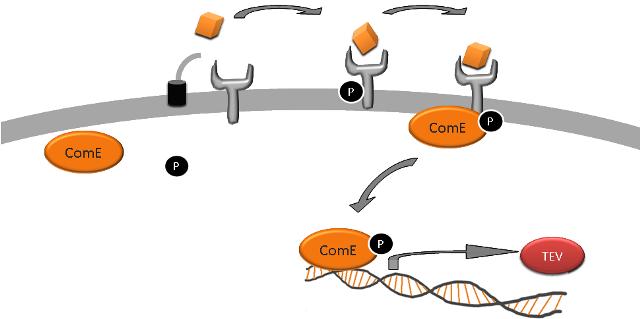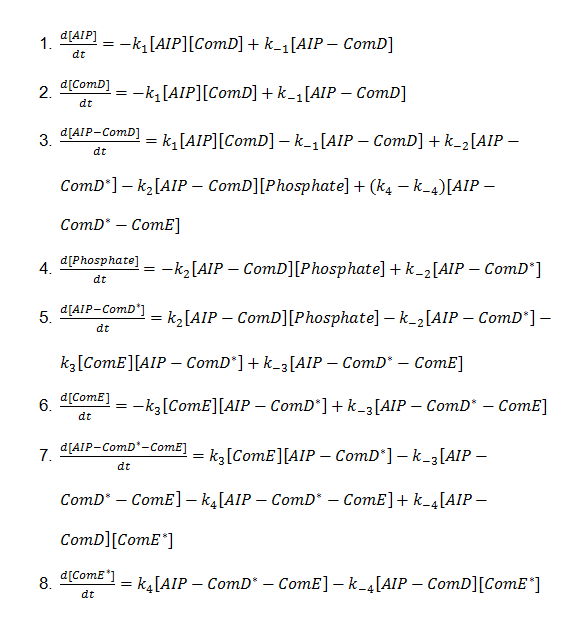Team:Imperial College London/Modelling/Signalling/Detailed Description
From 2010.igem.org
(Difference between revisions)
Anita (Talk | contribs)
(New page: {{:Team:Imperial_College_London/Templates/Header}} {{:Team:Imperial_College_London/Templates/ModellingHeader}} {{:Team:Imperial_College_London/Templates/ModellingSignallingHeader}} {| styl...)
Newer edit →
(New page: {{:Team:Imperial_College_London/Templates/Header}} {{:Team:Imperial_College_London/Templates/ModellingHeader}} {{:Team:Imperial_College_London/Templates/ModellingSignallingHeader}} {| styl...)
Newer edit →
Revision as of 18:55, 25 October 2010
| Modelling | Overview | Detection Model | Signaling Model | Fast Response Model | Interactions |
| A major part of the project consisted of modelling each module. This enabled us to decide which ideas we should implement. Look at the Fast Response page for a great example of how modelling has made a major impact on our design! | |
| Objectives | Description | Results | Constants | MATLAB Code |
 "
"





